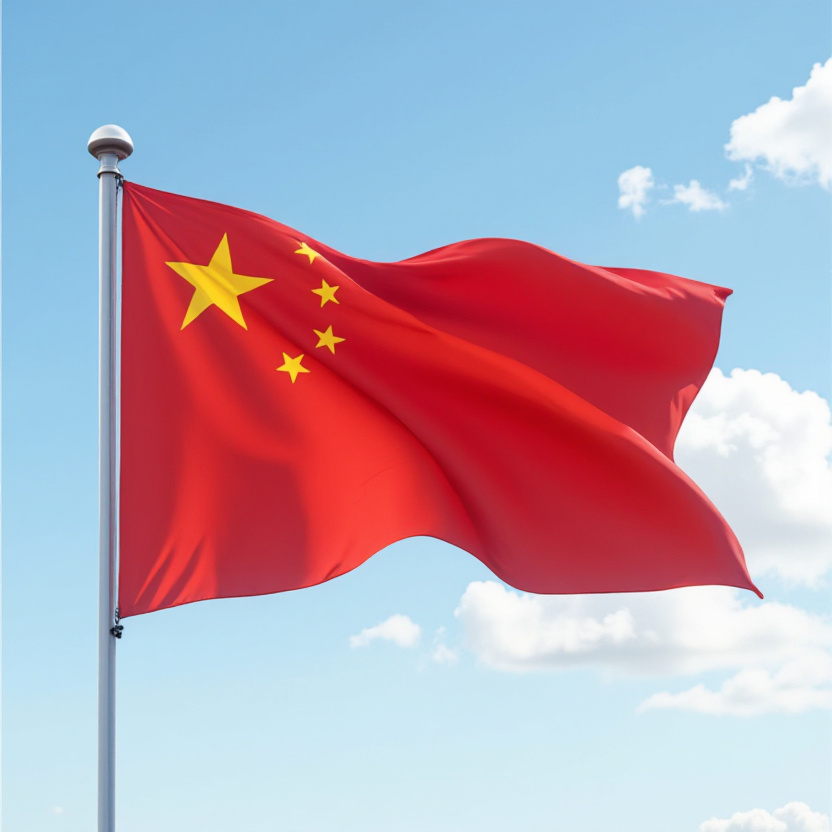
China’s evolution from a largely rural society to a preeminent world power is one of the greatest 20th and 21st-century tales. During the last forty years, the country has enjoyed unparalleled economic expansion, technological development, and rising geopolitical power. This emergence has transformed world relations, challenging established Western hegemony and placing China at the center of international affairs. Describing this evolution requires a look at economic reforms, strategic policies, and China’s increasing presence in the world.
Rapid expansion and economic reforms
China’s economic ascent began in 1978 when Deng Xiaoping launched a series of market-oriented economic reforms. These reforms transformed China from a closed, centrally-planned to increasingly open, market-oriented economy. The country opened special economic zones, received foreign investment, and adopted export-led growth. As a result, China’s GDP multiplied manyfold, becoming the world’s second-largest economy after the United States. This boom in the economy lifted hundreds of millions of people out of poverty and enabled the creation of a prosperous middle class that fueled domestic consumption and additional development.
Technological development and innovation
In addition to economic development, China has invested heavily in science and technology with the aim of becoming a global innovation leader. The country has made remarkable advances in areas like telecommunications, artificial intelligence, and clean energy. Companies such as Huawei, Alibaba, and Tencent have become world leaders, exemplifying China’s tech muscle. Government support for research and development and strategic initiatives like “Made in China 2025” demonstrates its resolve to dominate high-tech industries and reduce reliance on overseas technology.
Military modernization and stratigic influence
China’s rise is also seen through the expansion of its military capabilities. The nation has expanded its military, raising its defense spending and developing sophisticated weapons, including stealth fighters, aircraft carriers, and hypersonic missiles. This expansion of the military is to defend its interests, project power regionally and internationally, and make claims to territory, especially the South China Sea. In addition, China’s Belt and Road Initiative (BRI) is a shining example of its attempt to project influence in the shape of infrastructure investments across Asia, Africa, and Europe that have been building an economic dependence and strategic partnership network.
Global diplomacy and soft power
With expanding economic and military capabilities, China’s diplomatic influence is also on the rise. It participates actively with international institutions, mediates solutions to international issues, and promotes initiatives such as the Asian Infrastructure Investment Bank (AIIB). China’s soft power efforts include cultural exchange, Confucius Institutes, and media efforts to shape global perceptions. While the expansion provides development opportunities and cooperation potential, it also generates a challenge in terms of debt diplomacy, strategic dominance, and geopolitical competition potential, particularly with the United States and allies.
Challenges and future prospects
Despite its stunning rise, China is plagued by numerous challenges. Domestic issues such as demographic transformation, economic imbalance, and environmental concerns threaten long-term stability. Globally, interactions with other countries, commercial tensions, and issues of human rights behavior complicate China’s global image. In the future, how well China will strike a balance between economic growth and social stability, technological innovation, and diplomatic engagement will determine whether it will continue to follow its course or encounter severe challenges. The coming decades will prove crucial in establishing China’s position as an actual global superpower.